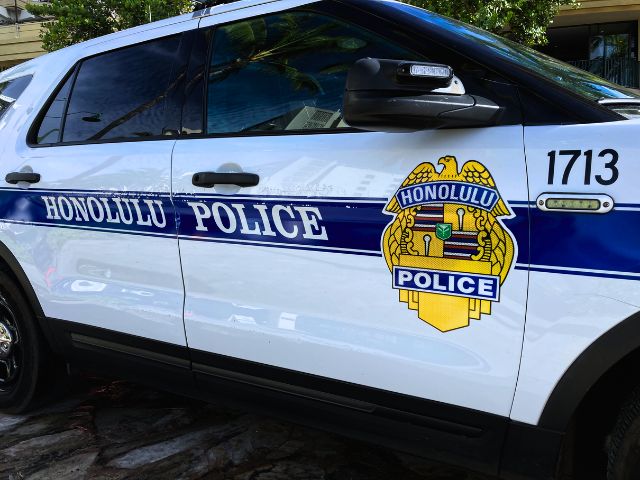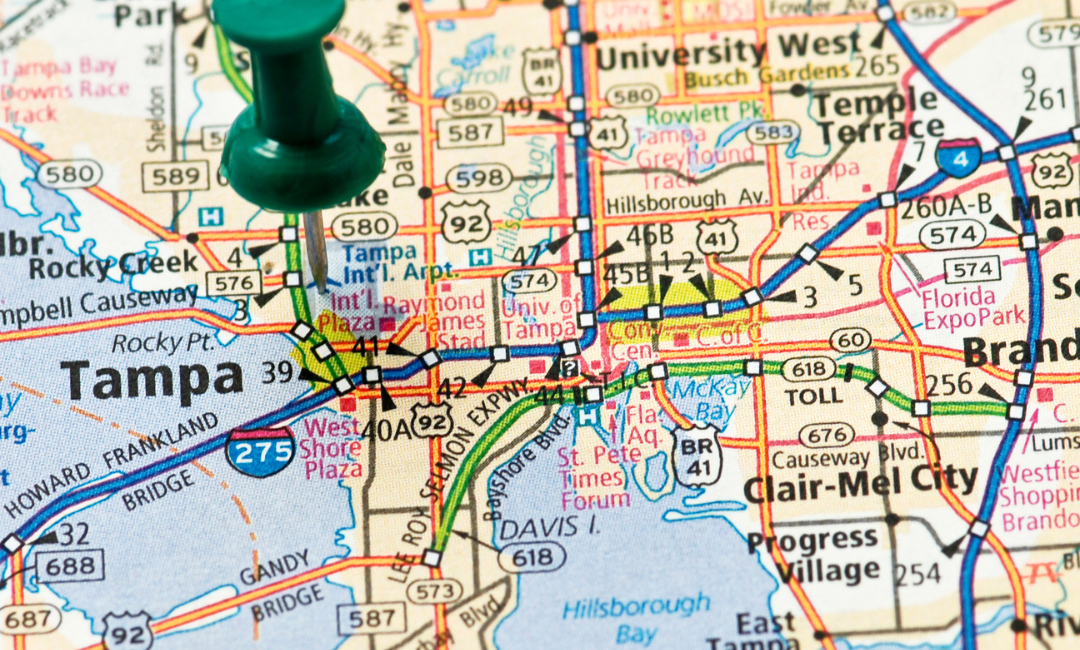How Did We Get Here?
The Kapiolani Medical Center strike came after 17 rounds of failed negotiations. Hospital administration claims that their final offer would have made Kapiolani nurses “amongst the highest paid in the state of Hawaii.”
However, the nurses state that wages are not the cause of their dissatisfaction. Rosalee Agas Yuu, a nurse at Kapiolani and Hawaii’s Nursing Association president, states that the hospital “refused to address the key issue of unsafe patient-nurse ratio. This must be a priority to set standards of patient safety and creating a culture of quality care and excellence.”
Staffing ratios have been a common cause of nursing strikes, including the four-month strike at RWJ Hospital in New York. States like California and Oregon have passed legislation mandating minimum nurse staffing ratios, and nurses in Hawaii hope to see similar bills for their state in the near future.
Staffing shortages have caused as many as six nurses to work overtime during the same 12-hour shift at Kapiolani. Nurses expect some overtime during emergencies or disasters, but at Kapiolani, they describe it as a “day in and day out” problem.
Nurses waited to strike, knowing the stress this could have on their patients and community, as the hospital hired replacement strike nurses to work during their absence. Arlynn Sakamoto, a labor and delivery nurse since 1999, said she “wants to be there for their patients, especially those who crave a familiar face,” but “the strike is about ensuring that nurses have the kind of work conditions that are needed for good patient care.”









